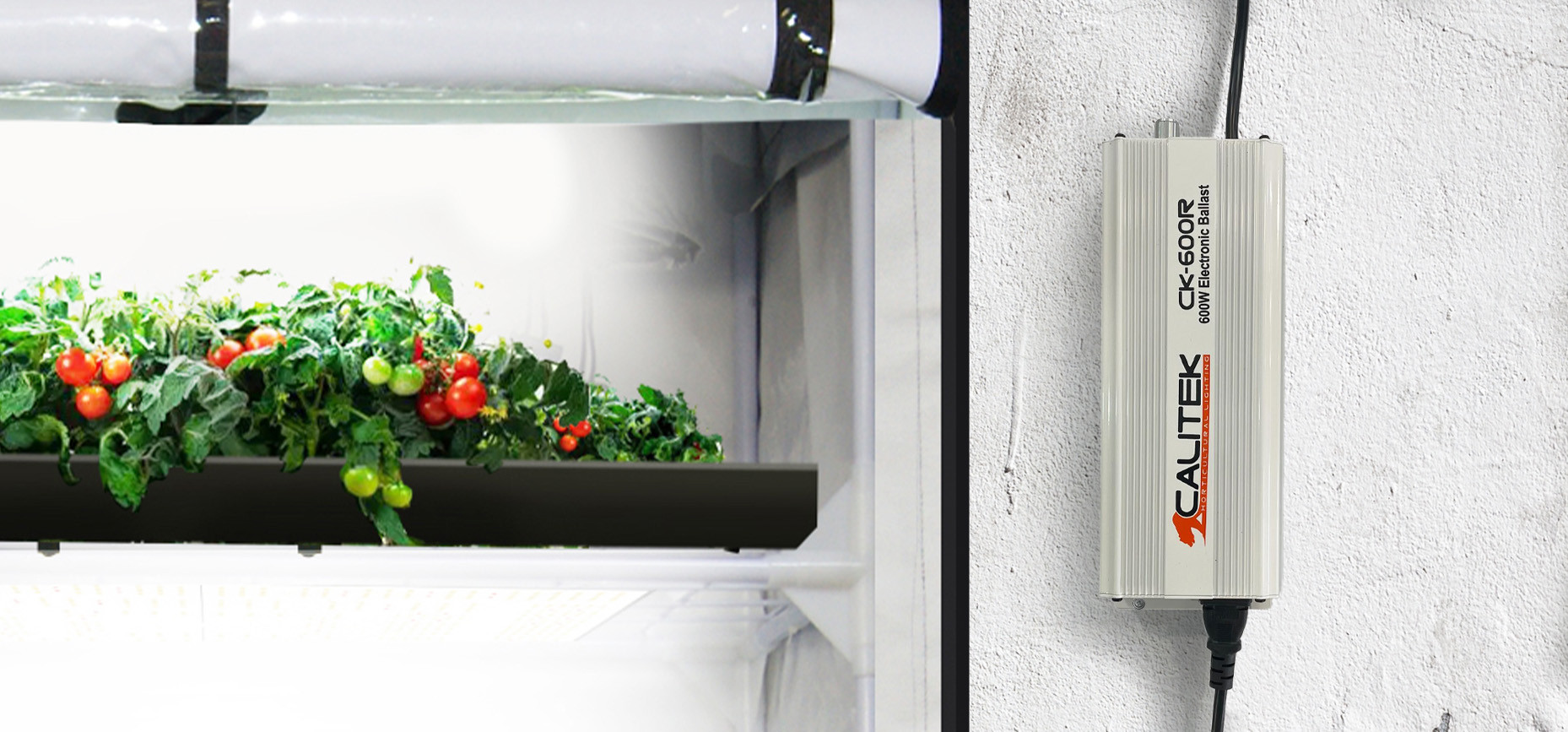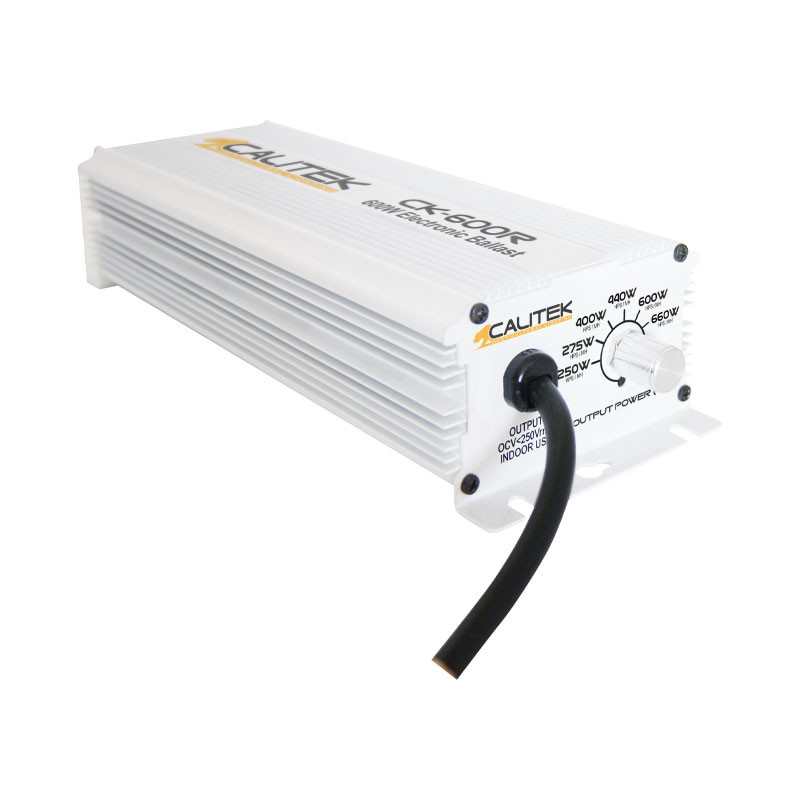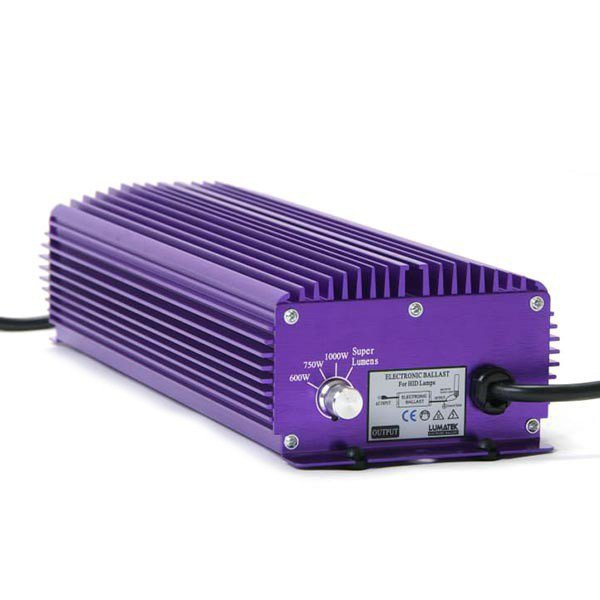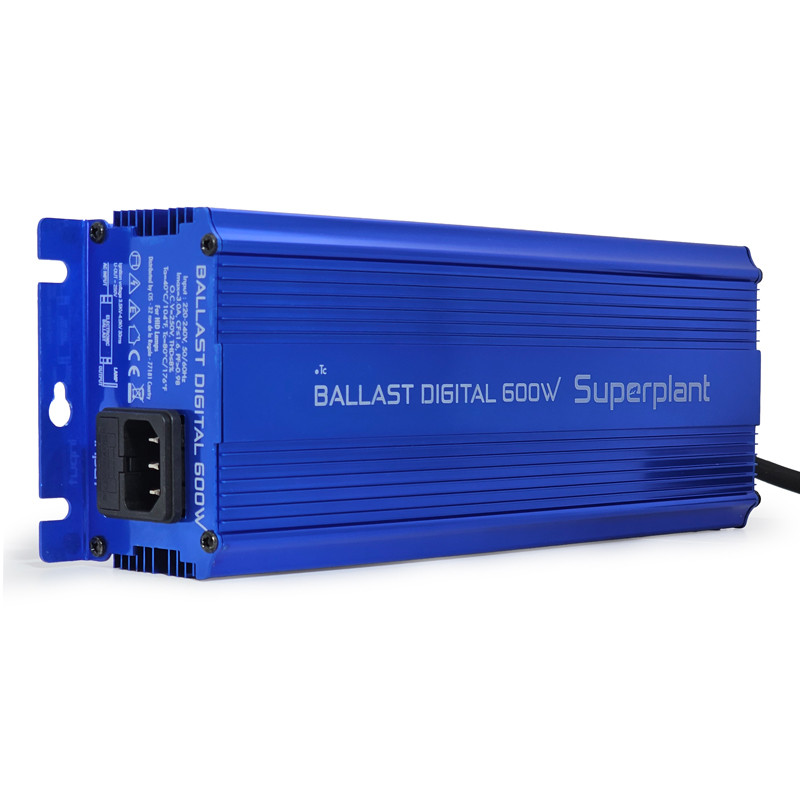In the field of lighting, there are two types of ballasts commonly used: magnetic ballasts and electronic ballasts. Understanding the differences between these two technologies is essential for choosing the appropriate ballast for your lighting needs. In this article, we will explain the distinctive characteristics of each type of ballast and their respective advantages.

Magnetic Ballast:

Magnetic ballasts are conventional electrical transformers that convert electrical current into light discharges to power MH (Metal Halide) or HPS (High Pressure Sodium) bulbs. These ballasts are essential for those looking to install an HPS flowering lamp kit or an MH growth lamp kit.
At Growshops.fr, you will find magnetic ballasts of different powers, ranging from 150W to 1000W, from Europe's most popular brands, such as SuperPlant, Secret Jardin, Advanced Star, and many others.
When choosing and installing a magnetic ballast, several factors need to be considered. Firstly, the area of your grow room determines the necessary light power. The larger the area, the more you will need a powerful HPS or MH lighting kit. Additionally, the length of the electrical cable between the ballast and the socket can affect brightness. It's essential to keep this connection under two meters to minimize light loss.
However, the length of cable between the magnetic ballast and the mains has no effect on light output and can therefore be lengthened or shortened as desired.
The placement of the magnetic ballast is also crucial. It should be installed in an open area to dissipate the heat generated during operation. Adding a small fan to cool it can also extend its lifespan.
Regarding maintenance, it is recommended to use a suitable reflector with an E40 socket to avoid electrical overvoltage. Additionally, the use of quality timers is essential for controlling the photoperiod precisely. The electrical installation must meet current standards to ensure safety, and regular checks of the power cables are necessary to avoid any risk of accidental electrical arcing.
Electronic Ballast:

Electronic ballasts, although more expensive than their magnetic counterparts, offer many advantages in plant productivity. They are modular, reliable, and easy to install.
At Growshops.Fr, we offer a range of electronic ballasts from popular European brands, such as Gavita, Superplant, Calitek, Lumatek, DimLux, and many others.
The major features of electronic ballasts include simple electrical connections through IEC Plug and Play sockets, greatly facilitating installation and maintenance. Additionally, these ballasts are equipped with a dimmer, allowing light intensity to be adjusted according to plant needs.
Electronic ballasts feature resin shielding that reduces magnetic interference, making them less harmful to the environment and electrical appliances.
In terms of compatibility, electronic ballasts work with most MH or HPS bulbs on the market. Some brands even offer bulbs specifically developed to work with these ballasts. However, for the integrity of MH or HPS bulbs, it is necessary to ensure reasonable use of the dimmer equipped with electronic ballasts, relative to the nature and power of the bulb being powered. In practice, during growth phases, using MH bulbs of the same power (or lower) than the digital ballast in question is allowed, but the dimmer position must correspond and remain strictly at the nominal power of the MH bulb used.
Concrete example: if using a 600 W electronic ballast with a 400 W MH bulb, the dimmer will exclusively be set to the “400 W” position, with no possibility of varying the flux to avoid damaging the installed bulb.
However, only when using HPS bulbs, the various intensities offered by the dimmer of an electronic ballast make sense and can be used, provided that the initial light flux of the bulb is not pushed beyond 110% of its original capacity.
Concrete example: if using a 600 W electronic ballast with a 400 W HPS bulb, the dimmer can be set up to the “400 W” (or even “440 W”) position at most, but the other lower power ranges can still be applied, without fearing premature degradation of the restricted HPS bulb.
Unlike conventional magnetic ballasts, electronic ballasts finally ensure a total restitution of light flux, up to 110% of the initial power of the installed HPS bulb (Superlumens function). Indeed, unlike the unfortunate findings made on their magnetic counterparts, electronic ballasts do not suffer from light loss, depending on the cable distance connecting the ballast to the E40 socket of the reflector.
In Summary
The choice between a magnetic ballast and an electronic ballast depends on your specific needs for horticultural lighting. Electronic ballasts offer more features and flexibility, while magnetic ballasts are a proven and economical option. Whatever your choice, Growshops.Fr offers a varied range of ballasts to meet your indoor cultivation needs.




